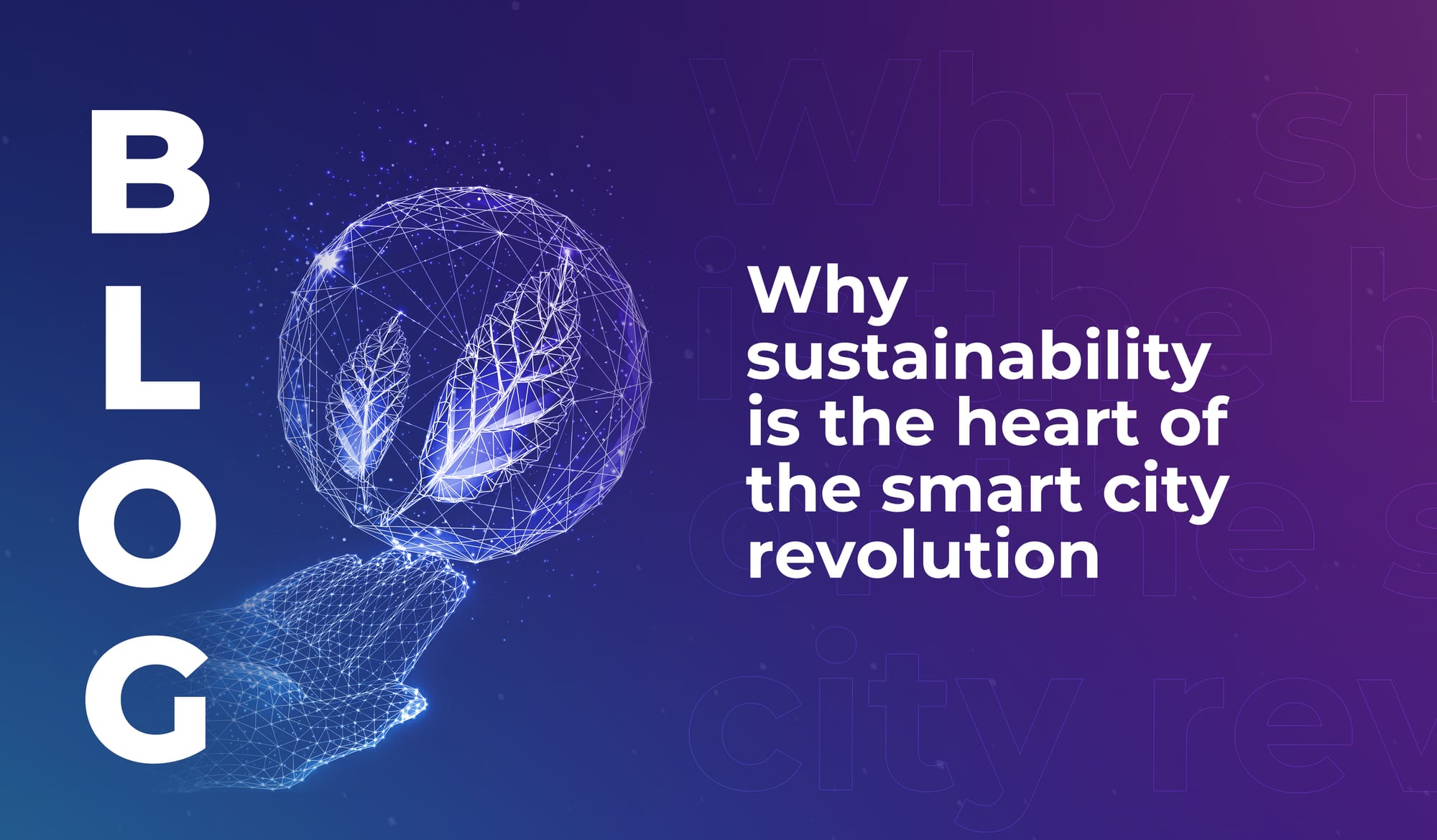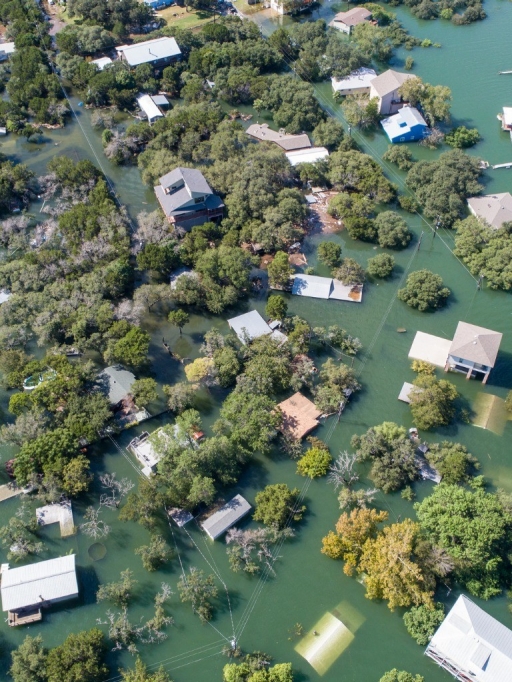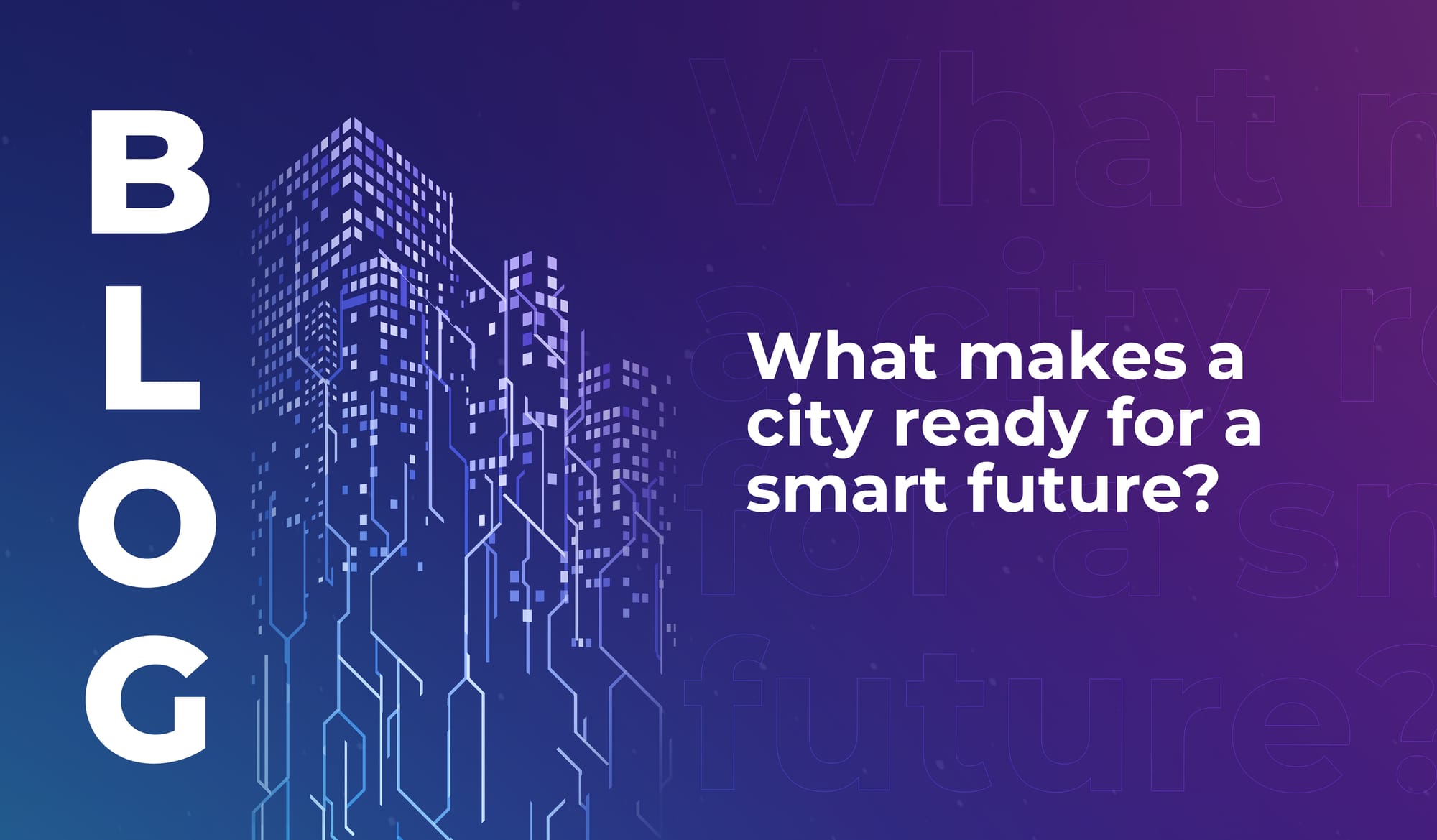
Why sustainability is the heart of the smart city revolution
The smart cities of the future will use tech to lower emissions, cut urban temperatures, and improve quality of life in highly populated areas.


|
Climate change is not often a topic that leaves you brimming with optimism. But, increasingly, the tech industry sees it as a challenge to be solved, and is trying to address it with pioneering ideas like energy storage or smart cities. To find out more about these attempts, we spoke to two of the pioneers who are attempting to make the world a better place, through their amazing eco friendly approach to the work they do. Maybe there is reason for optimism, after all. |
Theis Hybschmann Petersen
Administrative Officer at City of Copenhagen – Properties and Procurement
“Forty percent of all the energy produced in the world is consumed in buildings. I think that’s a commonly known figure, but it means that buildings are really, really tied to the energy sector – and the effects
that might have on the climate.
In my role, I try to reduce energy consumption in the public buildings of the City of Copenhagen. Think: schools, sports facilities, homes for the elderly, kindergartens. We have direct ownership of roughly 2.2 million square metres of buildings We are one of the biggest building owners in all of Denmark, so reducing our energy usage even a small amount can have a big effect.
In the last 7 years we’ve reduced the energy consumption by around 20 percent. These savings amount to 6 and a half million dollars in yearly municipal spending.

The way we’ve done it is to create a centralised, digital energy system. Now we can monitor all of the consumption in all of our buildings on a central platform and can centrally control when ventilation systems or heating substations come on. It means that we can test things like only using energy at quiet times – say heating a kindergarten at night-time rather than in the morning when everybody in the city is taking a shower. It reduces the peak demand on Copenhagen’s energy system and it could mean that they don’t have to switch on the specific power stations they use to cope with peak energy load – which run on oil or gas.
I think that the next steps are really about AI. We’ve got like 20-150 different sensors per building, sensing everything from pressure and temperature in the water system to electrical systems, logged on an hourly basis – sometimes even up to every 15 minutes. And by using AI to crunch those numbers and possibly write the correct algorithms, we can find energy saving potentials that beforehand weren’t possible for regular people to calculate.
In Copenhagen, we already use lots of renewable energy, but we are currently doing projects with both Beijing and Buenos Aires and participating in a few projects on a European level. We’re really eager to share our solutions to assist other cities or countries to achieve similar energy savings and if they are ones that use a much higher degree of fossil fuels than us, that could have a really big impact.
I’m actually hopeful about the effect we might have. The key to my optimism is that we are proving that not only is it good for the environment, but it saves money. Convincing people to adopt these solutions doesn’t just mean saying: “Let’s throw lots of money into green technology”, it also means cheaper energy bills and that, I hope, will be the key for the larger roll-out, both in Denmark – and beyond.”

|
Benoît Lebot Senior Policy Advisor, France’s Ministry of Environment “I started my first analysis on the impact of climate change in 1987. For the past 34 years, I’ve been working in the field of energy transition – the move towards a cleaner source of energy. I worked in various international organisations including the UN, the OECD and recently the G20. Today, I work on the energy and environmental impact of ICT (in particular the deployment of 5G) . I am analysing how the digitalisation of our economies might affect -positively or not- climate change and greenhouse gases emissions. Digital innovation must be tapped to serve the energy transition, not to become an additional burden. In terms of innovation, I know climate change enough to insist that by far the most important contributor to the energy transition ahead of us is what we call “energy and resource efficiency”. To achieve the Paris Agreement it will not be enough to just decarbonise our energy system. We certainly need to rely on the cleanest energy supply possible, but we also have to make sure that we improve the efficiency of every resource that we use. Energy and resource efficiencies must be at the heart of all the decisions we make. Energy efficiency is well understood but it is still very much under exploited. More innovations are necessary to promote energy efficiency, not only at the level of the technology, but also at the policy, social and human level. We also need to encourage innovation to decarbonise all the resources we rely on. All the materials we use – steel, cement, aluminium, copper,… in our infrastructure and equipment- have a carbon footprint. From a smartphone to an air conditioner, from a car to whole city – we need to pay attention to the environmental footprint of the materials and resources we use to design, build or manage our system. I sometimes feel that at the current time we are missing this part of the low carbon imperative. We know how to decarbonise the energy consumed in a building: through passive design technique, energy efficient equipment, smart control combined with renewable energy supply. However we also have to pay attention to the carbon footprint of building material, typically concrete, steel, cement and minerals. Alternatives to cement and concrete exist, but they need to find a market. This is the ultimate step to get to net-zero buildings. Interestingly I know an alternative binder that can also agglomerate desert sand, something that conventional cement can’t do. It is both needed and fascinating. Innovation has no limit. For instance, I recently came across a start-up company that use sound waves instead of refrigerant fluid to produce a cooling and refrigeration. That is very exciting. This technical development could be an alternative F-gas (the cooling fluids) that are currently used in our cooling systems – from refrigerators to air conditioners. Most of the F-gases are powerful greenhouse gases and we have to learn to no longer rely on them. That being said, the most important innovation I would like to see and encourage lies at the level of government policy. Public intervention is instrumental to support and encourage both technical innovation but also social innovation. Social innovation is necessary as we need to adjust our behaviour and our lifestyle to innovation and new technology. Governments need to put in place the conducive, enabling environment for the innovation to succeed and to find a market. I am totally confident that the more we deploy policies, the more innovation we are going to see.” |

The smart cities of the future will use tech to lower emissions, cut urban temperatures, and improve quality of life in highly populated areas.

Discover the cities that rank highly for smart city preparedness, and learn why locally relevant innovation is more important than cutting-edge tech.

If you’ve ever thought about becoming a tech investor, read this – learn why investors are the quiet force shaping the future of the industry.

The smart cities of the future will use tech to lower emissions, cut urban temperatures, and improve quality of life in highly populated areas.

Discover the cities that rank highly for smart city preparedness, and learn why locally relevant innovation is more important than cutting-edge tech.

If you’ve ever thought about becoming a tech investor, read this – learn why investors are the quiet force shaping the future of the industry.